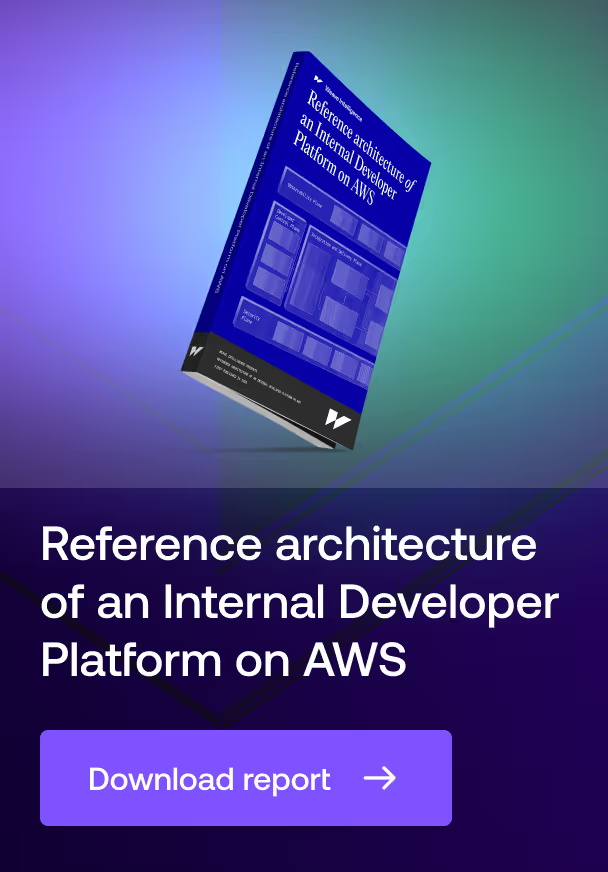Profile
MariaDB is an open-source relational database management system that serves as both a drop-in replacement for MySQL and an enterprise-grade database platform. Originally forked from MySQL in 2009, it has evolved into a mature database solution deployed across organizations from small startups to Fortune 500 companies. Its core value proposition combines proven MySQL compatibility with enhanced features for high availability, scalability, and analytics, while maintaining genuine open-source licensing for its core database engine under GPLv2.
Focus
MariaDB addresses fundamental challenges in enterprise data management by providing a robust, scalable database engine that supports both transactional and analytical workloads. It solves key problems including the need for consistent data storage with ACID compliance, efficient query processing for complex operations, and reliable replication for high availability. The platform serves organizations requiring a production-grade database that can handle mission-critical applications while avoiding vendor lock-in. Primary benefits include operational flexibility through pluggable storage engines, comprehensive SQL support, and enterprise-ready security features.
Background
MariaDB emerged when MySQL's original developer, Michael "Monty" Widenius, created a community-driven fork following Oracle's acquisition of MySQL. The project maintains dual organizational oversight through the non-profit MariaDB Foundation, which stewards the open-source server development, and MariaDB Corporation (now MariaDB plc), which develops enterprise features and provides commercial support. Notable deployments include Wikipedia's primary database infrastructure, Deutsche Bank's financial systems, and ServiceNow's enterprise service management platform. The database receives active maintenance through regular release cycles and community contributions.
Main features
Pluggable storage engine architecture
The storage engine architecture allows administrators to select different storage engines for individual tables based on specific workload requirements. InnoDB serves as the default engine, providing ACID-compliant transactions and row-level locking for concurrent operations. Specialized engines include Aria for read-intensive workloads, MyRocks for write-heavy scenarios with superior compression, and ColumnStore for analytical processing. This architecture enables organizations to optimize performance by matching storage engines to specific use cases within a single database instance, eliminating the need for separate specialized databases.
Multi-master synchronous replication
Galera Cluster technology enables true multi-master replication where all nodes maintain identical copies of the database and can accept both read and write operations. The system uses certification-based replication to ensure consistency across nodes while maintaining high availability. When a transaction commits on any node, it is synchronously replicated to all other nodes in the cluster before completion. This architecture eliminates single points of failure and enables horizontal scalability while maintaining strong consistency guarantees required for critical business applications.
Advanced query optimization and processing
The query optimizer incorporates sophisticated cost-based optimization strategies to determine the most efficient execution plan for each query. It considers factors including table statistics, index availability, and data distribution patterns. The system supports complex SQL features including Common Table Expressions, window functions, and materialized views, enabling efficient processing of sophisticated analytical queries. The optimizer can leverage multiple cores for parallel query execution and includes specific optimizations for both OLTP and OLAP workloads.







